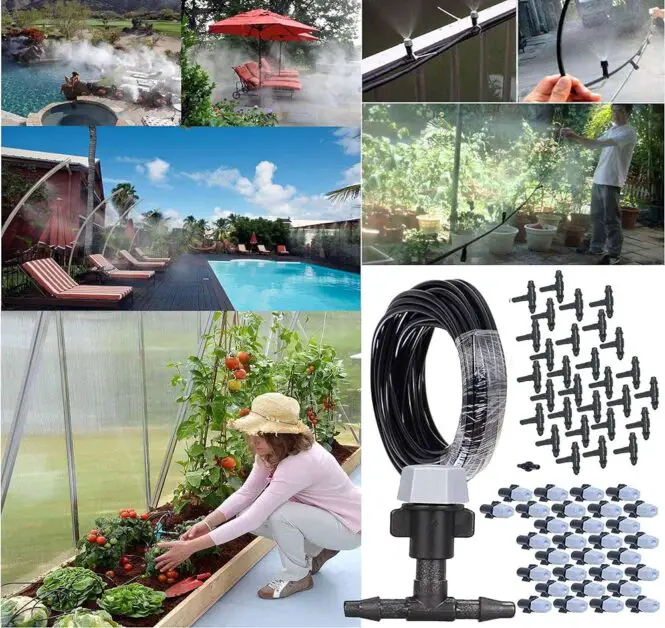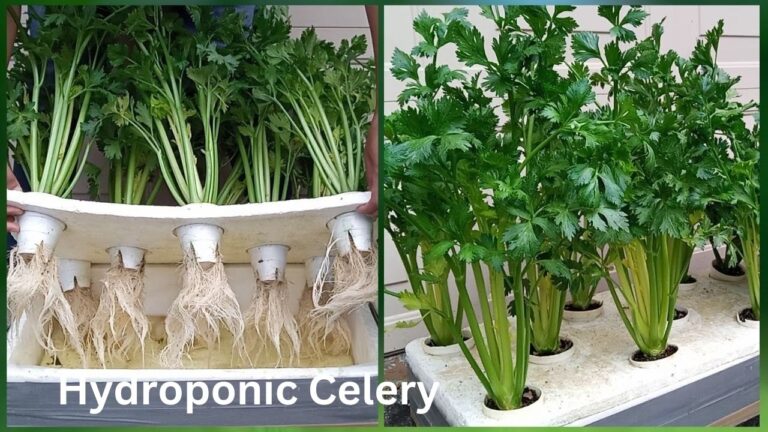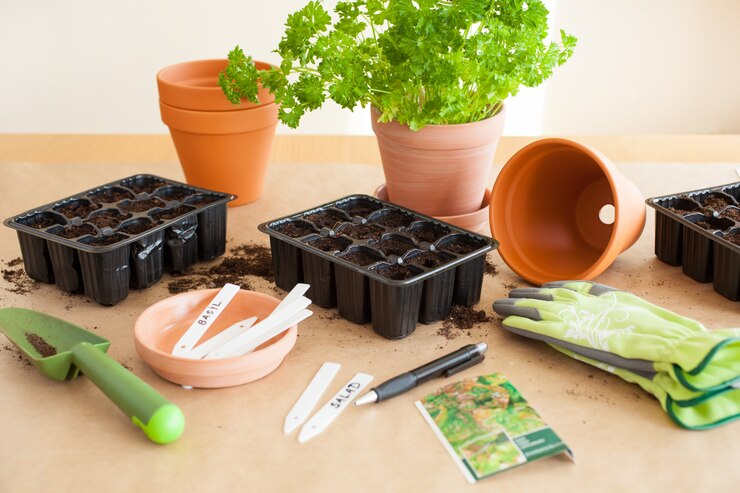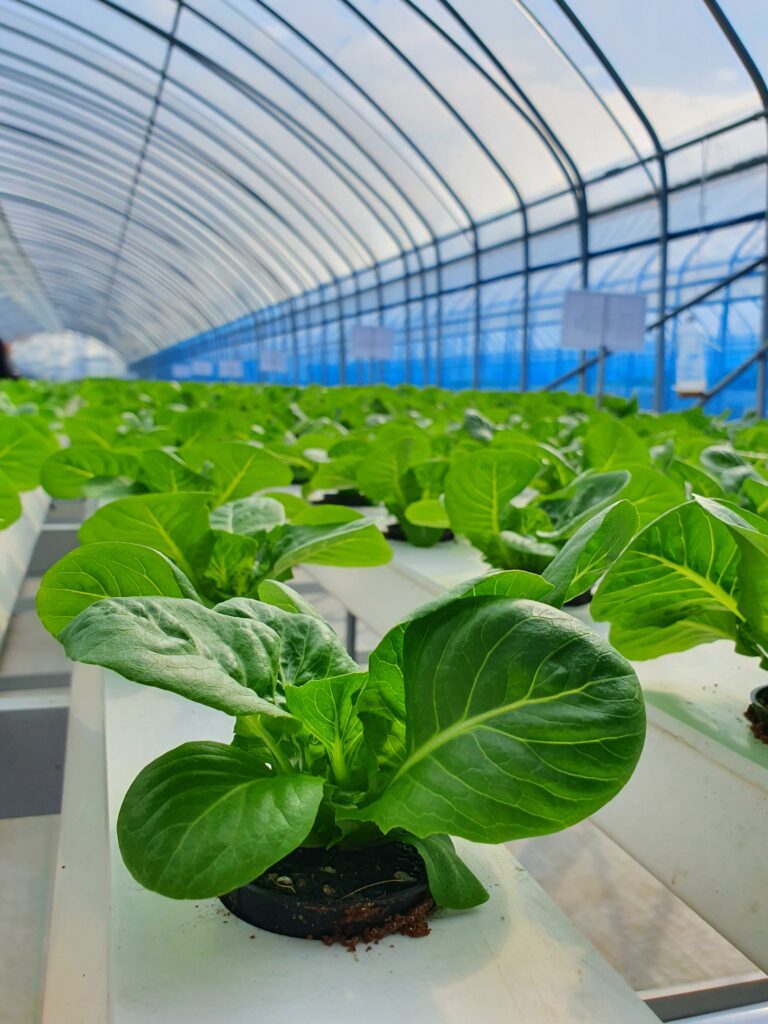The Latest and Greatest Technologies in Hydroponics You Need to Know About
Table of Contents
Drip Irrigation Systems: Precise Water Delivery in Hydroponic Cultivation
Drip irrigation systems have revolutionized hydroponic cultivation by providing precise water delivery to plants. This method of irrigation involves using a network of tubes or pipes with small emitters that allow water to drip slowly and directly at the base of each plant. This efficient system ensures that water is delivered exactly where it is needed, minimizing waste and maximizing water usage.
One of the key advantages of using drip irrigation systems in hydroponics is the ability to control the amount of water each plant receives. By adjusting the flow rate of each emitter, growers can tailor the water delivery to the specific needs of different plants, taking into account factors such as their stage of growth, nutrient requirements, and environmental conditions. This precision not only promotes optimal plant growth and development, but also minimizes the risk of overwatering, which can lead to root rot and other plant diseases. Moreover, since the water is delivered directly to the root zone, the risk of water evaporation or runoff is significantly reduced, resulting in water conservation and cost savings.
In addition to precise water delivery, drip irrigation systems offer several other benefits for hydroponic cultivation. These systems can be easily automated and controlled, allowing growers to set customized watering schedules and ensure consistent moisture levels for their plants. The slow and steady drip of water also promotes deep root growth, as plants are encouraged to develop strong and extensive root systems in search of water. This enhances nutrient uptake and overall plant health, leading to higher yields and better-quality crops.
Overall, drip irrigation systems have become an indispensable tool for hydroponic cultivators aiming to achieve efficient and precise water delivery. Their ability to tailor water distribution to the specific needs of plants, coupled with their automated control and water conservation features, make them an ideal choice for growers seeking optimal growth and success in their hydroponic endeavors.
• Drip irrigation systems provide precise water delivery to plants in hydroponic cultivation.
• This method involves using tubes or pipes with small emitters that drip water directly at the base of each plant.
• Precise water delivery minimizes waste and maximizes water usage.
• Adjusting the flow rate of each emitter allows growers to tailor water delivery to specific plant needs, including growth stage, nutrient requirements, and environmental conditions.
• Precision watering promotes optimal plant growth and development while reducing the risk of overwatering and root rot.
• Water is delivered directly to the root zone, minimizing evaporation and runoff for improved water conservation and cost savings.
• Drip irrigation systems can be easily automated and controlled for customized watering schedules and consistent moisture levels.
• The slow drip encourages deep root growth, enhancing nutrient uptake and overall plant health for higher yields and better-quality crops.
Here’s a table summarizing Drip Irrigation Systems for Precise Water Delivery in Hydroponic Cultivation:
| Control Technique | Description | Advantages |
|---|---|---|
| Drip Irrigation | Delivers water slowly and directly to plant roots via a pipeline installed just above or below the soil surface. Reduces water wastage by applying only the required amount to each plant. | – Highly efficient – Water-saving |
| Hydroponic Drip System | Utilizes small emitters to drip nutrient solution directly onto plants. Active system with a pump for regular feeding of nutrients and water. | – Versatile – Suitable for individual containers or larger growing trays |
| PPG Aquapon WB EP | Next-generation water-based epoxy paint technology for hydroponic systems. Excellent abrasion, chemical, and corrosion resistance. Ideal for healthcare, education, and industrial facilities. | – Wide application range – Stain-resistant finish |
| PPG AQUAPON WB EP | Ultra-low VOC epoxy coating designed for high-traffic interior spaces. Features fast dry and recoat times for easy maintenance. | – Low environmental impact – Easy to maintain |
| DIY Indoor Aquaponic System | Upgrades existing fish tanks to aquaponic systems. Features aquariums with goldfish. | – Utilizes existing resources – Suitable for beginners |
These technologies enhance sustainability and efficiency in hydroponics, benefiting both hobbyists and commercial growers.

Aquapon
Aquaponics is an innovative and sustainable method of cultivation that combines aquaculture (the farming of aquatic organisms) with hydroponics (the soilless cultivation of plants). This system creates a symbiotic relationship between the fish and the plants, where the waste produced by the fish serves as a nutrient-rich fertilizer for the plants. In return, the plants filter the water, providing a clean and healthy environment for the fish to thrive.
One of the key benefits of aquaponics is its water efficiency. Unlike traditional agricultural practices that require large amounts of water, aquaponics uses approximately 90% less water. This is because the water in the system is continuously recirculated, with very little evaporative loss. Furthermore, the plants in aquaponics consume the nutrients in the water, reducing the need for additional fertilizers. As a result, aquaponics offers an environmentally-friendly solution for growing crops, particularly in areas with limited water resources.
In addition to its water efficiency, aquaponics also presents several other advantages. Firstly, it allows for year-round cultivation, unaffected by seasonal changes or adverse weather conditions. Secondly, the system operates in a closed loop, minimizing the risk of pests and diseases. This makes aquaponics a viable option for organic farming, as it eliminates the need for chemical pesticides or herbicides. Lastly, the integration of fish into the system provides an additional source of income through the sale of fish or other aquatic organisms.
With its sustainable practices and numerous benefits, aquaponics has gained increasing popularity among gardening enthusiasts, farmers, and researchers alike. Its ability to conserve water, minimize environmental impact, and produce healthy and high-yielding crops makes it a promising solution for future food production. In the following sections, we will delve deeper into the components and functioning of aquaponics, exploring its potential applications and addressing common challenges faced by those adopting this innovative cultivation method.
• Aquaponics combines aquaculture and hydroponics to create a symbiotic relationship between fish and plants.
• The waste produced by the fish serves as fertilizer for the plants, while the plants filter the water for the fish.
• Aquaponics uses approximately 90% less water compared to traditional agricultural practices.
• The continuous recirculation of water in aquaponics minimizes evaporative loss.
• Plants in aquaponics consume nutrients from the water, reducing the need for additional fertilizers.
• Aquaponics allows for year-round cultivation, unaffected by seasonal changes or adverse weather conditions.
• The closed-loop system of aquaponics minimizes the risk of pests and diseases, making it suitable for organic farming.
• Integration of fish into aquaponic systems provides an additional source of income through their sale or use as other aquatic organisms.
•Aquaponics has gained popularity among gardening enthusiasts, farmers, and researchers due to its sustainable practices and numerous benefits.
•It offers a promising solution for future food production with its ability to conserve water, minimize environmental impact, and produce healthy crops.
Certainly! Here’s a table summarizing Aquapon:
| Product | Description | Advantages |
|---|---|---|
| PPG Aquapon WB EP | Next-generation water-based epoxy paint technology. Excellent performance in abrasion, chemical, and corrosion resistance. Ideal for healthcare, education, and industrial facilities. | – Wide application range – Stain-resistant finish |
| PPG AQUAPON WB EP | Ultra-low VOC epoxy coating designed for high-traffic interior spaces. Features fast dry and recoat times for easy maintenance. | – Low environmental impact – Easy to maintain |
| DIY Indoor Aquaponic System | Upgrade an existing fish tank to an aquaponic system. Features an aquarium with goldfish. | – Utilizes existing resources – Suitable for beginners |
Remember, these technologies enhance sustainability and efficiency in aquaponics, making them valuable for both hobbyists and commercial growers.
For more details watch the below video.
How does a drip irrigation system work in hydroponic cultivation?
In a drip irrigation system, water is delivered directly to the plants’ root systems through a network of tubes and emitters. This method provides precise water delivery, ensuring that the plants receive the necessary amount of water for optimal growth.
What are the advantages of using drip irrigation in hydroponic cultivation?
Drip irrigation systems offer several advantages, including water conservation, as they deliver water directly to the plants’ roots, minimizing wastage. They also provide precise control over the amount of water each plant receives, reducing the risk of over or under-watering. Additionally, drip irrigation systems help keep the plant foliage dry, reducing the likelihood of diseases caused by excess moisture.
Can a drip irrigation system be automated?
Yes, drip irrigation systems can be automated using timers or sensors. This allows for consistent and efficient watering of the plants, even when the grower is not present. Automation also enables the customization of watering schedules based on factors such as plant type, growth stage, and environmental conditions.
How does aquaponics differ from hydroponics?
Aquaponics is a system that combines hydroponics and aquaculture. In aquaponics, fish or other aquatic animals are raised in a tank, and their waste provides nutrients for the plants grown in the hydroponic system. The plants, in turn, filter and clean the water for the fish, creating a symbiotic relationship between the two.
What are the benefits of aquaponics?
Aquaponics offers several benefits, such as efficient use of resources, as the water is recirculated between the fish tank and the hydroponic system. Additionally, it eliminates the need for synthetic fertilizers, as the fish waste provides the necessary nutrients. This method also allows for the production of both fish and vegetables in a single system, maximizing the use of space and diversifying the products.
Are there any challenges in maintaining an aquaponics system?
Maintaining an aquaponics system requires careful monitoring of the water quality, including pH levels, ammonia, and nitrate levels. The balance between the fish and plants must be maintained to ensure optimal growth and health. Additionally, proper filtration and aeration systems are essential for maintaining a healthy aquatic environment.

Nicole Burke is a dynamic writer at SouthElMonteHydroponics, fueled by her passion for horticulture and environmental sustainability. Armed with a degree in Environmental Science from a renowned institution, Nicole’s expertise lies in hydroponic gardening, organic farming, and biodiversity conservation. Her insatiable curiosity and love for nature drive her to explore innovative techniques in hydroponics, seeking to revolutionize the way we grow crops in urban environments. Nicole’s writing reflects her deep commitment to promoting eco-conscious practices and fostering a deeper connection between humans and the natural world. Through her engaging storytelling, she inspires others to embrace sustainable living and harness the power of hydroponics for a greener future.







